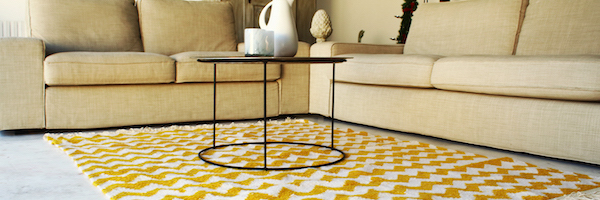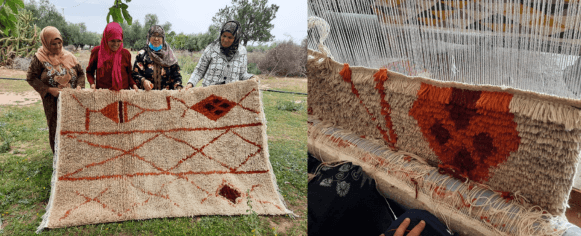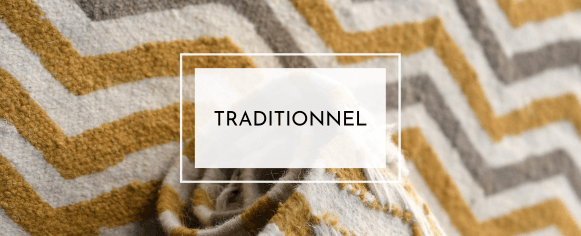
Tunisian rugs are a type of handicraft that has been produced in Tunisia for centuries. These rugs are known for their intricate designs, vibrant colors, and high-quality craftsmanship. Tunisian rugs are typically made using a combination of techniques, including knotting, embroidery, and weaving.
One of the most famous types of Tunisian rugs is the Kilim, which is a flat-woven rug made from wool or cotton. Kilims are often decorated with geometric patterns and bright colors, and they are prized for their durability and versatility.
Another popular type of Tunisian rug is the Berber rug, which is made by the Berber people in the northwestern region of Tunisia. Berber rugs are typically made from wool and feature bold, abstract designs.

Tunisian rugs are not only beautiful but also have cultural significance in Tunisian society. They are often used as decorative items in homes, and they are also used in traditional Tunisian weddings and other ceremonies.
Today, Tunisian rugs are exported all over the world, and they are highly valued by collectors and interior designers for their unique beauty and craftsmanship.
Tunisian rugs come in a variety of styles and designs, each with its own unique characteristics. Some of the most popular Tunisian rug varieties include:
-
Kilim rugs: Kilim rugs are flat-woven rugs that are typically made from wool or cotton. They feature geometric patterns and are known for their durability and versatility.

-
Berber rugs: Berber rugs are made by the Berber people in the northwestern region of Tunisia. They are typically made from wool and feature bold, abstract designs.

-
Boucherouite rugs: Boucherouite rugs are made from recycled materials, such as cotton and wool scraps, and are known for their bright colors and eclectic designs.
-
Tapis de Medenine: Tapis de Medenine is a type of rug that is made in the town of Medenine in southern Tunisia. These rugs are typically made from camel hair and are known for their unique color palette, which includes shades of brown, gray, and cream.

In recent years, the Tunisian rug sector has seen a lot of innovation as artisans and entrepreneurs explore new ways to modernize traditional rug-making techniques and appeal to a global audience. Some of the key innovations in the Tunisian rug sector include:
-
Use of sustainable materials: Many Tunisian rug makers are turning to sustainable and eco-friendly materials, such as organic wool and natural dyes, to create environmentally conscious products that appeal to modern consumers.
-
Integration of technology: Some Tunisian rug makers are incorporating technology into their production processes, using computer-aided design (CAD) software to create and refine rug patterns, and advanced looms to speed up the weaving process.
-
Collaborations with designers: Tunisian rug makers are increasingly collaborating with international designers to create contemporary rug designs that appeal to modern tastes. These collaborations have helped to bring Tunisian rugs to a wider audience and introduce new styles and techniques.
-
Marketing and branding: Tunisian rug makers are investing in marketing and branding efforts to create a strong brand identity and differentiate their products from those of competitors. This includes developing e-commerce websites, creating social media accounts, and participating in trade shows and other industry events.

Overall, these innovations have helped to bring renewed interest and attention to the Tunisian rug sector, while also preserving the traditional skills and techniques that have been passed down through generations of artisans.
